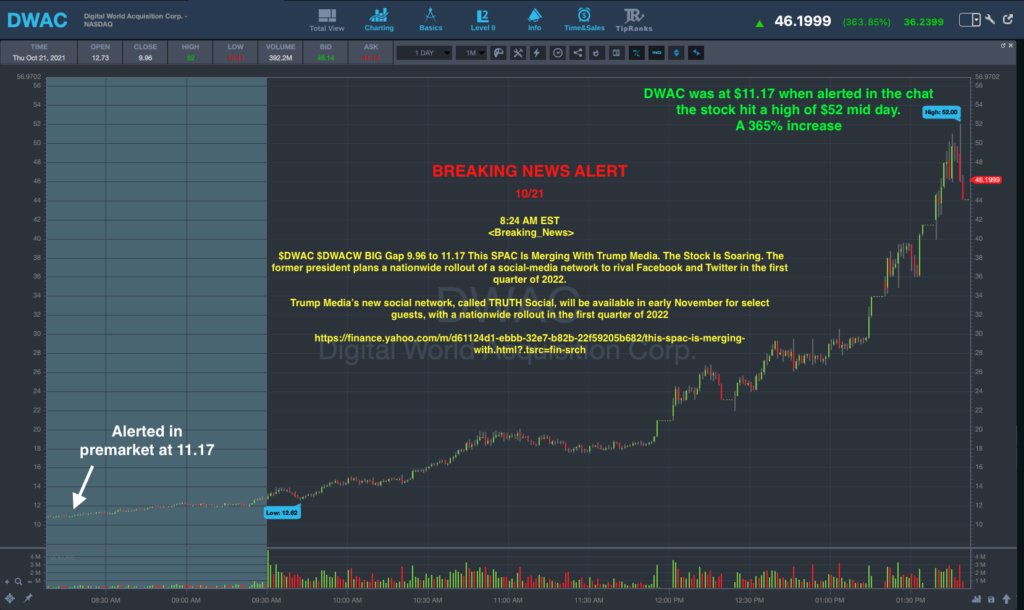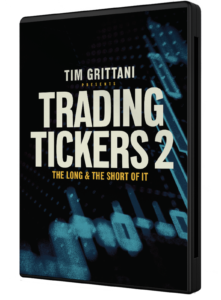Making the transition from stocks into options isn’t like flipping a switch.
I hate to break it to you, but there is a learning curve.
But with all the volatility we’re experiencing in the market, knowing options can potentially:
- Keep you out of harm’s way
- Help you profit in situations you didn’t even think existed
- Reduce your risk while not limiting your upside
Of course, I might be getting a little ahead of myself, so let’s backtrack a little.
If you’ve been trading options for more than five minutes, you’ve probably heard about two crucial liquidity metrics — volume and open interest.
Anyone who’s ever looked at an options chain has seen these numbers listed…
However, many newbie options traders don’t understand them. I often see these confused for one another (or misdefined entirely).
In short, volume and open interest track liquidity and activity in the options market, but in different ways…
By having a grasp of the differences between the two, you’ll better understand how to read an options chain.
Then, you can potentially use this knowledge to your advantage when trading.
Let’s break it down…
Volume
Volume is a running total of the number of contracts traded on a particular contract in a given trading day.
Think of volume as a short-term liquidity indicator — it helps to see the flow of contracts on a near-term basis.
For short-dated options traders (like me) volume is probably the most useful liquidity figure. It reveals the immediate action happening that day.
If a big news headline causes large-scale buys in a particular weekly contract, the volume on that contract will stick out like a sore thumb.
Want to be alerted to hot trade ideas before anywhere else?
Check out the alert for DWAC on October 21st:
This is a tool you’ll want in your trading toolbox.
If you know what to look for, it isn’t hard to spot. And following the “smart money” can potentially work in options trading — but both how and when are essential.
This is why we see the financial news media frequently obsessing over “unusual options volume.”
They’re implying that the flow into these contracts is a sign of a probable near-term move in the share price. It can be, but not always.
Open Interest
If volume measures short-term liquidity, then open interest is its long-term counterpart. Open interest measures the total number of contracts held in open positions on a particular strike price.
Where volume counts the contracts traded that day, open interest calculates all of the contracts sitting in traders’ accounts, including those that aren’t actively being traded.
Think about it … If you swing trade options, those contracts will be idle in your account for however long you’re in the trade.
Other traders should have the ability to see those contracts exist and to differentiate between them and actively traded calls and puts.
This is why volume and open interest are calculated separately. And as someone who enters trades with a variety of different time frames, I’m thankful they are.
How to Weaponize Volume & Open Interest
Trading options without liquidity metrics is like driving with blinders on — I don’t advise it. You can lose out on key data, or get into a contract with a wide bid-ask spread.
Those who follow my trade alerts know I traffic mainly in short-dated puts. So tracking volume is critical.
Volume is my guide to understanding the general flow in and around high-flying momentum stocks, where positions with large size can often precede massive moves in a share price.
Without being able to see the volume each day, it would be far more difficult to confidently execute day trades on options contracts.
Similarly, if I’m shopping for a longer-term swing trade, open interest is my supermarket.
I can’t tell you the number of times I’ve noticed tens of thousands of contracts sitting in open interest on a stock, only for some huge piece of news to drop a month later, sending the share price surging.
Final Thoughts
See how you can learn to use volume and open interest to your trading advantage?
I’ve heard of some traders making small fortunes by tracking volume alone…
On the other hand, there are no guarantees in options trading. Don’t expect every weekly contract with high volume or long-term call with huge open interest to pay dividends.
Remember, most options expire worthless. For every high-volume contract that pays dividends, there’s another massive stack of premium getting completely decimated elsewhere on another options chain.
Sometimes the option traders win, but many times the market makers and option sellers are the ones polishing their swords in victory.
It’s a constant war — get caught in the middle and you could get sliced up.
But if you understand volume and open interest, and use them as your helpful guides on the battlefield — you could potentially be the one delivering the fatal blow.



